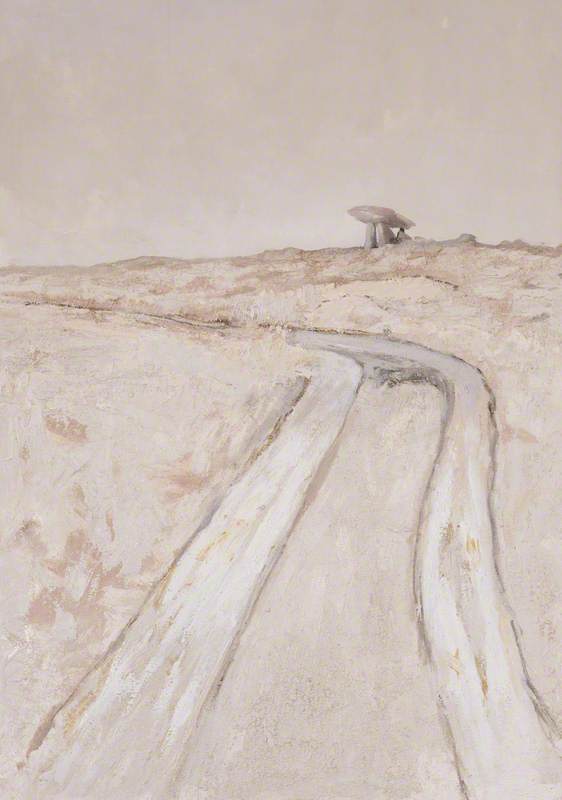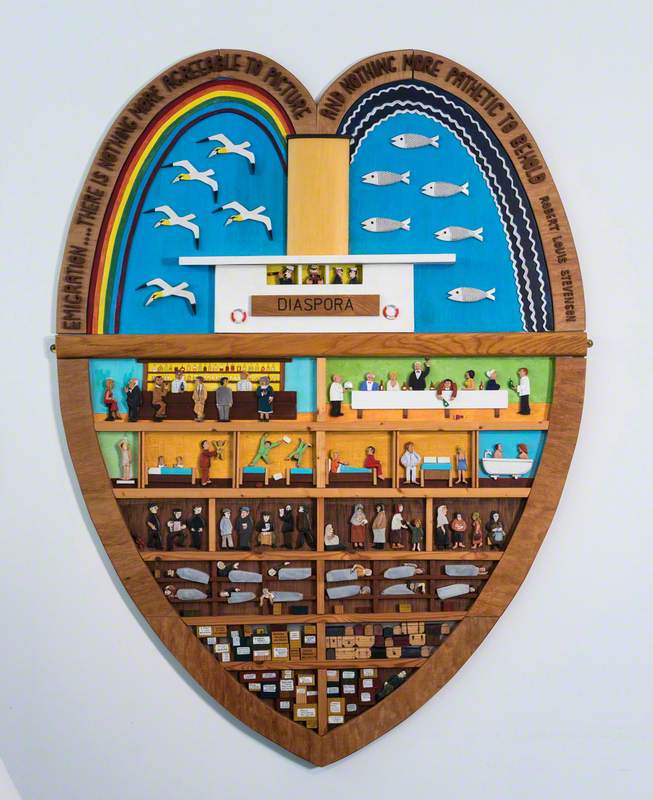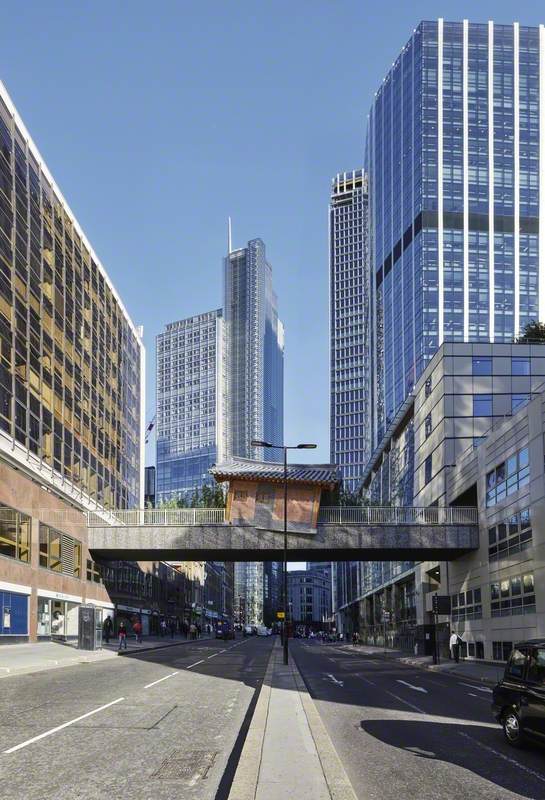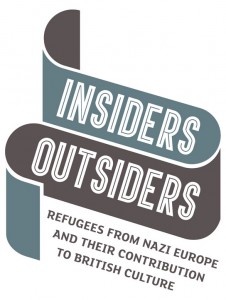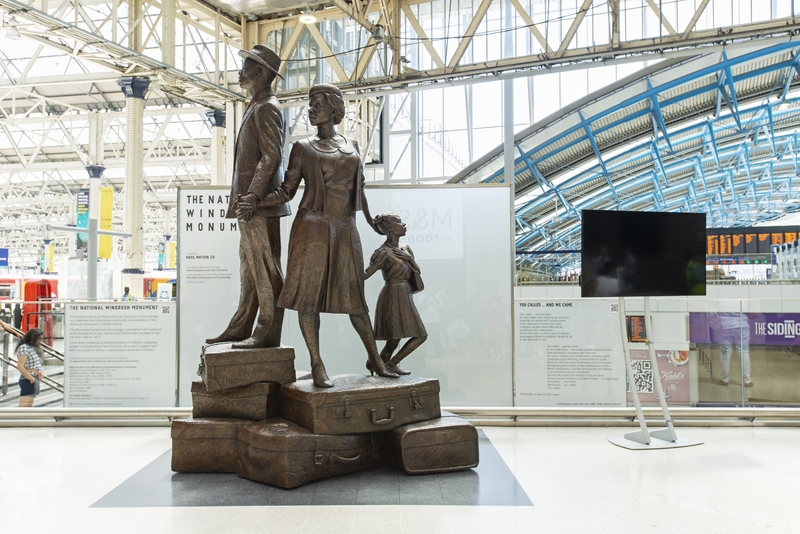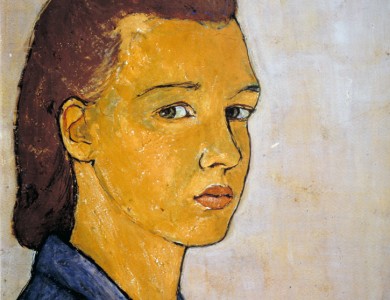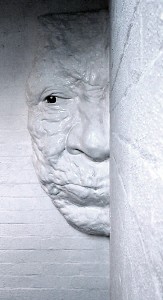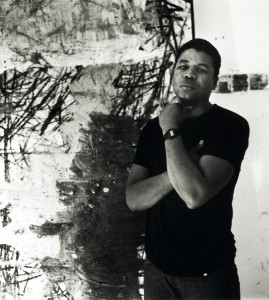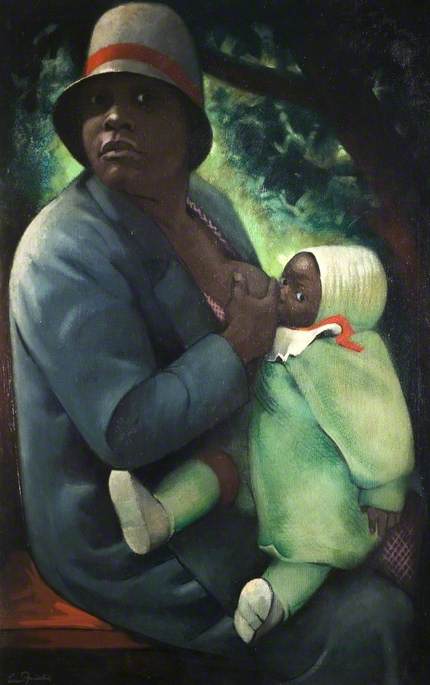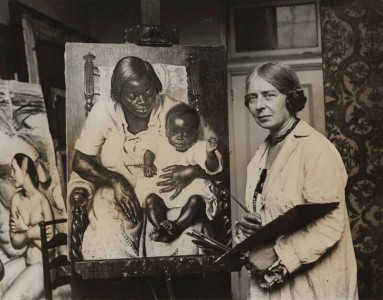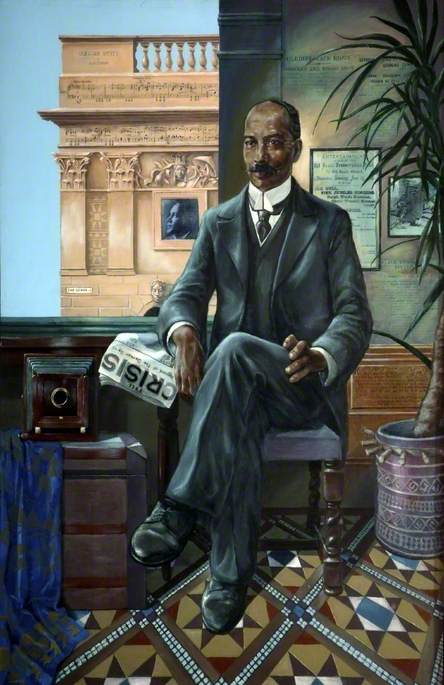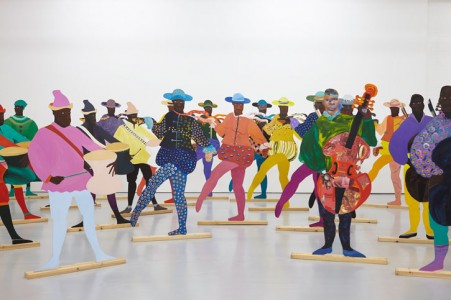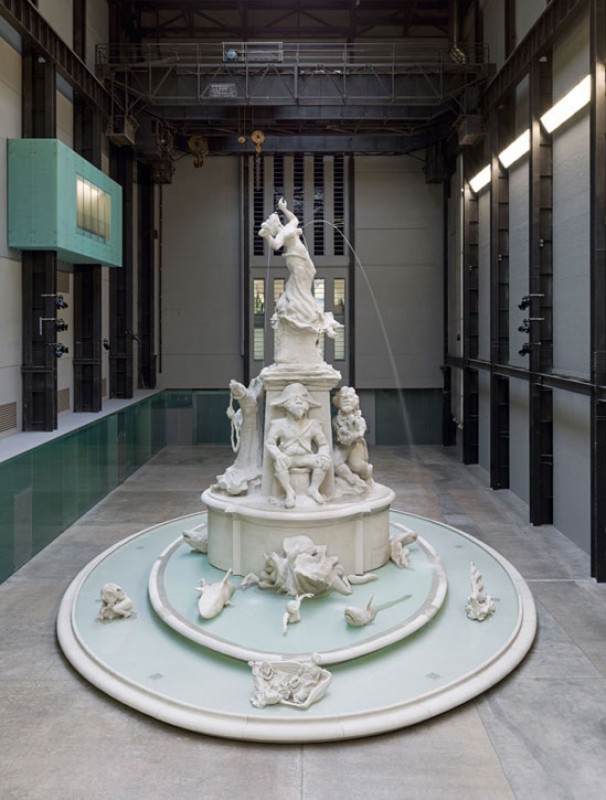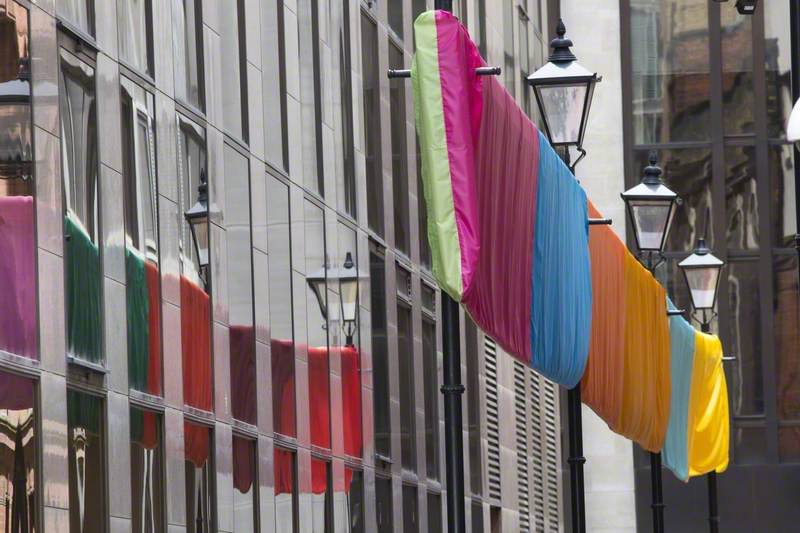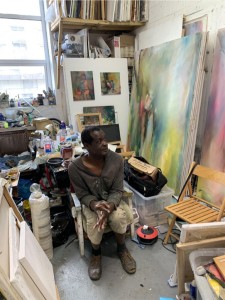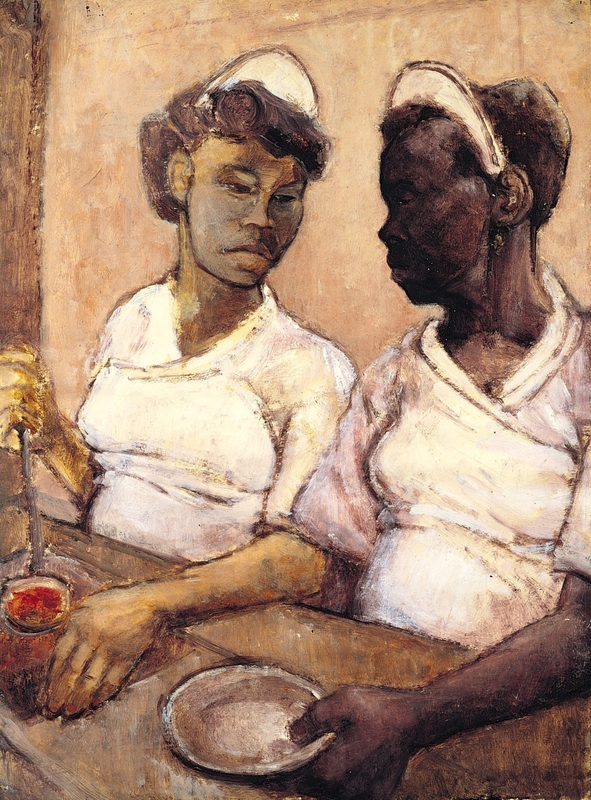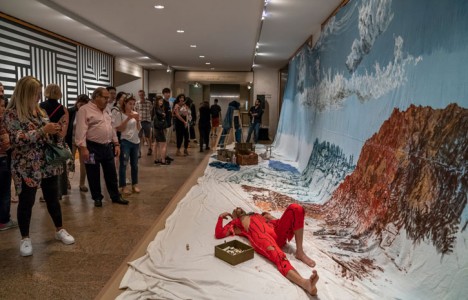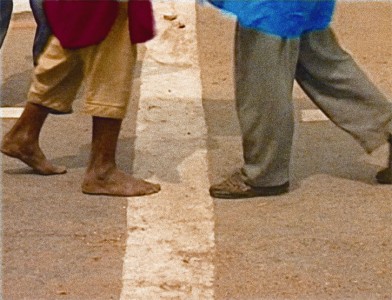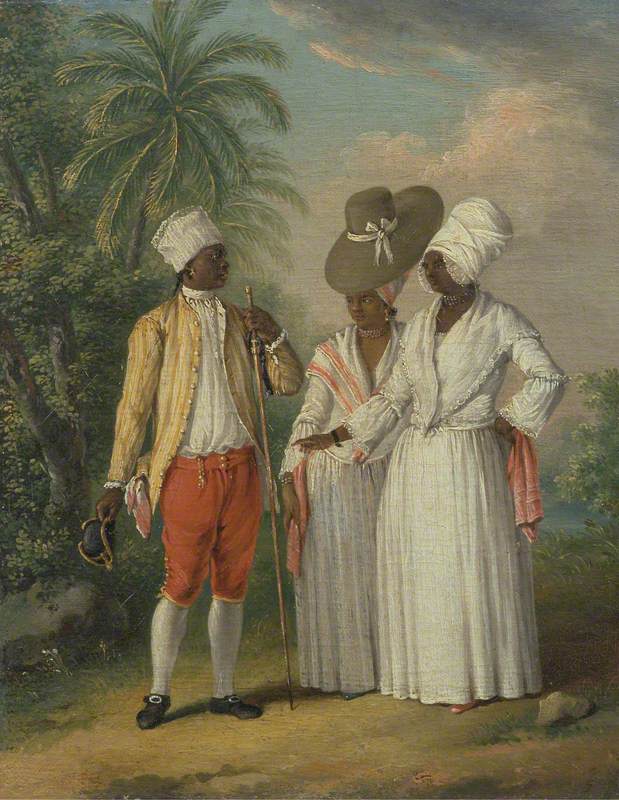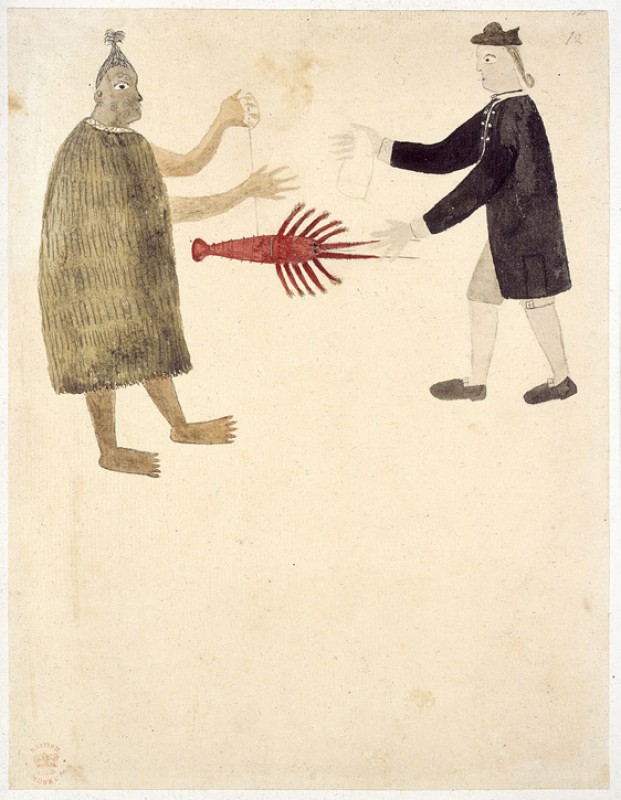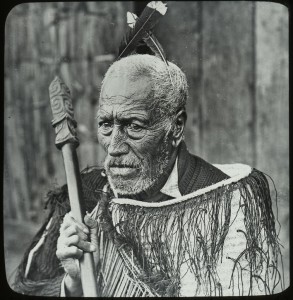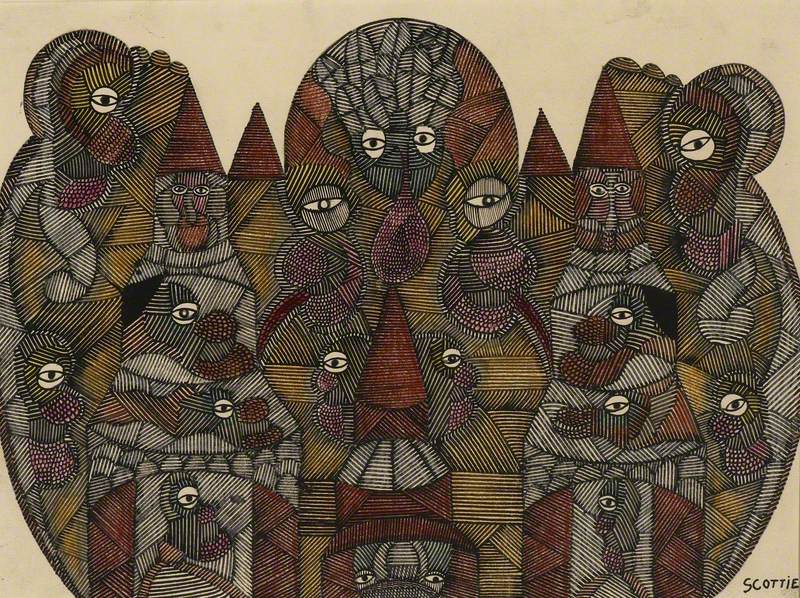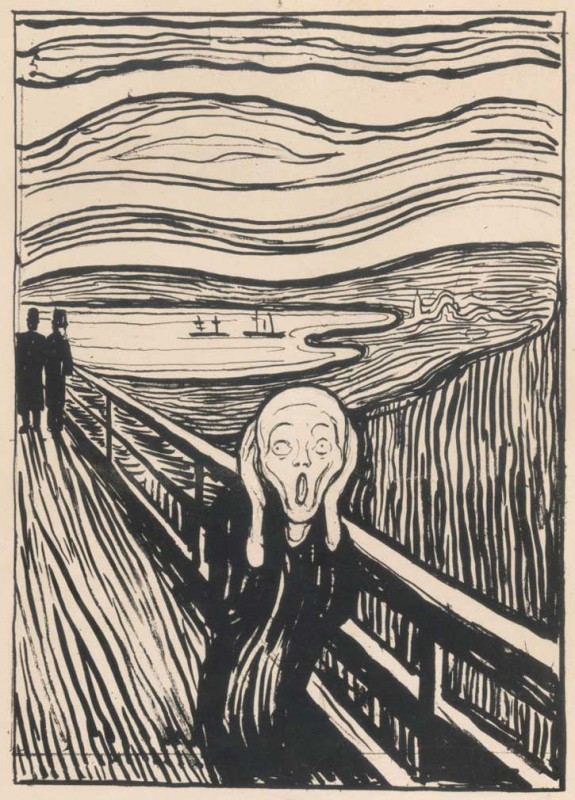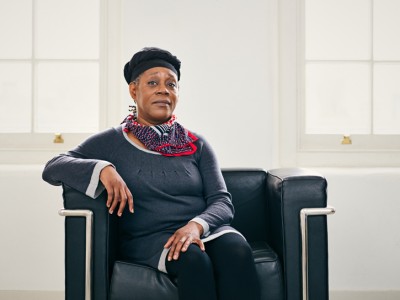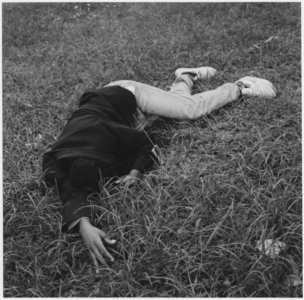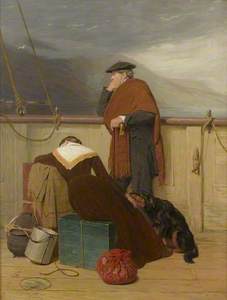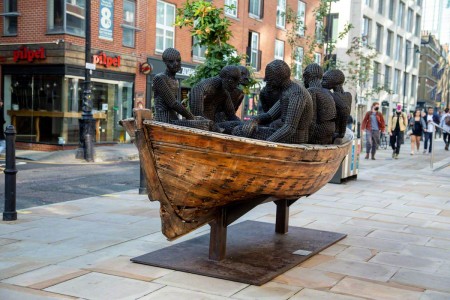Around the world, border closures and national lockdowns have meant that the movement of people has largely ground to a halt. But for many refugees and asylum seekers, displaced by war, famine, and persecution, staying still is not an option. They are forced to make dangerous journeys until they are able to seek refuge in safer lands. In recent months we've seen some of these journeys captured in shocking detail on the news. The media has cast its collective eye on attempts to cross the Channel – usually on dangerously crowded dinghies – and has turned the act of migration into a politically charged discussion of rights.
View this post on Instagram
The ongoing migration crisis compelled art provocateur and activist Banksy to fund and launch a search-and-rescue boat, named the Louise Michel, into the Mediterranean sea. Named after the nineteenth-century French anarchist, the bright pink boat features the artist's signature stencils, and acts in equal parts as art, political statement, and rescue operation: it brings attention to the dire situation faced by migrants at sea, while serving as a searing response to European governments' inaction to the crisis.
Banksy's intervention leads us to consider the visual representations of migration in a politically fraught atmosphere. The concept of migration has been overwhelmingly represented in the public discourse, largely through graphic means. Harrowing recounts by survivors, as well as video evidence of detention, deportation, and drownings have made front-page news, and been the subject of numerous documentaries and works of art.
Indeed, the incredible odds stacked against migrants in their decision to flee life-threatening situations – in search of safety and a better life – makes their stories both urgent and important to tell. Below are eight works by artists who sought to capture the different moods, experiences and subjectivities of migration.
Eve Goldsmith Coxeter
Is Famine Ever Permissible? Compulsory Migration Ethiopia
1991
Eve Goldsmith Coxeter (b.1928) 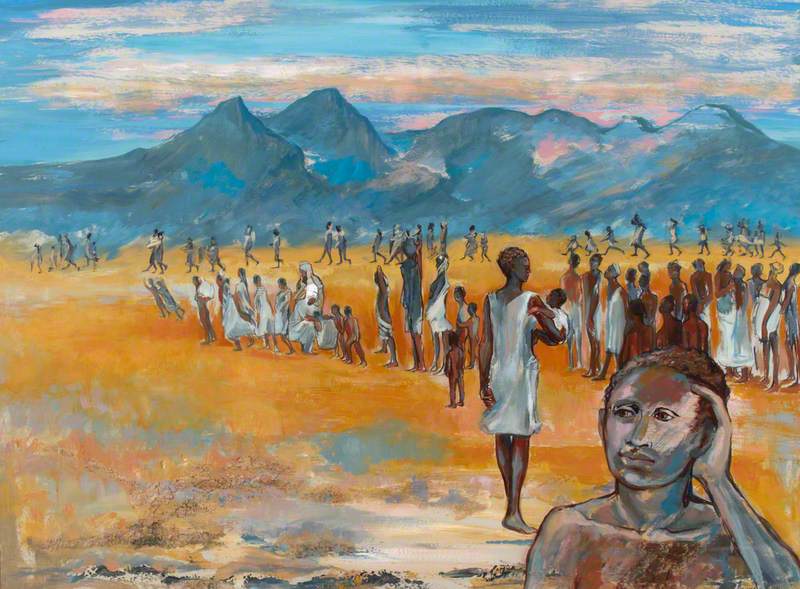
Part of the British Red Cross Museum collection, Eve Goldsmith Coxeter's Is Famine Ever Permissible? Compulsory Migration Ethiopia (1991) illustrates the journey endured by Iraqi Kurds as a result of expulsion from the country during the Gulf War. The tragic circumstances laid bare — the rising streaks of heat in the unforgiving climate, as they endlessly march across the desert in search of a safe haven – suggest that the answer to the titular question may be obvious.
Yto Barrada
Dormeurs [The Sleepers] Tangier, Fig. 2
2006
Yto Barrada (b.1971) ![Dormeurs [The Sleepers] Tangier, Fig. 2](https://d3d00swyhr67nd.cloudfront.net/w800h800/collection/BST/BMAGG/BST_BMAGG_K6306-001.jpg)
In Yto Barrada's photographic series Dormeur [The Sleepers] Tangier (2006), the perils of migration are exposed in the bustling setting of a city park. The sleepers have been photographed faceless and motionless, curled up in vulnerable positions as they await passage across the Strait of Gibraltar in search of better employment prospects in Europe.
These poses darkly mirror what could very well be their fate on the seas in the perilous journey. They reveal that in everyday, public spaces, lives may be in limbo, and that to live 'in the present' is a privilege and luxury that is not afforded to everyone.
John Watson Nicol
The passengers in John Watson Nicol's Lochaber No More (1883) are disconsolate and rueful, their contemplation stretching far beyond the seas they travel on. Their worldly possessions are assembled close to them on the ship's deck. As migrants make long and arduous journeys, they must travel light and pack items they deem most significant to them.
As the Highland Clearances drove a large number of people out of northern Scotland, the title 'Lochaber No More' refers to their forced separation from a place they have known forever. Like his father before him, Nicol was a vocal activist for Highland inhabitants and painted many of them in situations of plight.
Most recently, the Colombian-born artist Oscar Murillo used the work as a centrepiece for his installation at the 2019 Turner Contemporary in order to highlight how migration is not a practice that should be delegated to the 'other', or be seen as exotic.
Liam Belton
Given the long history of migration in the North Atlantic Ocean, it comes as no surprise that the Art UK database is rich with works dedicated to the passage of people between Scotland and Ireland. Referencing the movement of people between the two countries during the Mesolithic and Neolithic eras, Liam Belton's Kilclooney Dolmen, Donegal (2003) depicts a dolmen – or prehistoric tomb – atop a hill in Kilclooney, that is older than the pyramids of Giza. It reminds us that migration and the movement of people is not a recent phenomenon.
This work currently features in the Scottish Parliament, a testament to the political acknowledgement of migration's lasting impact on the country. A similar work by Margaret Leathart exists in the Northern Ireland Civil Service collection.
Mike McDonnell
In Mike McDonnell's A Ship Named 'Diaspora' (2007), beneath a seemingly harmonious, or at least blissfully ignorant façade, the amiably cartoonish passengers reveal an uncomfortable reality. They journey together in the heart-shaped confines, but as the levels of the ship descend it becomes clear that passengers are divided based on privilege that reveals itself in race, religion, and class. McDonnell depicts a scathing commentary on how outwardly multicultural societies continue to insidiously practice segregation.
Do Ho Suh
Do Ho Suh's Bridging Home, London (2018) illustrates the discordance a new inhabitant may feel in a place they still deem foreign, or where they are seen as such. On a busy street in Central London, a lopsided replica of Suh's traditional Korean childhood home sits incongruously with the skyscrapers towering over it, as if parachuted onto the path it sits on. Culture shock sets in as, unfamiliar with the values and mores of a new setting, some face a struggle to fit into a wildly different new society.
Uzo Egonu
Migration does not mean losing your sense of cultural identity. Far from that, it means fusing new identities together. Synthesising numerous motifs and experiences on a painted canvas is Uzo Egonu's way of keeping the various facets of his multicultural identity intact.
In Woman in Grief (1968), Egonu uses the canvas to navigate the identity he has weaved between Nigeria and the United Kingdom. Conceived during the Nigerian Battles of Onitsha, the work was developed by Egonu as a means of personal connection with, and concern for his family in the war-torn region.
Tam Joseph
What is thinking about migration without considering the borders that migrants have to pass through? Tam Joseph's The Hand Made Map of the World (2013) reinterprets the navigational tool in an act of radical boundary-blurring and urges us to consider the harmful geopolitics of borders.
'People cross borders. / It's been that way ever since / borders crossed people,' writes Antoine Cassar in his 8 no-border haiku, and as we explore the new narratives that can emerge from Joseph's exercise of border-swapping, we realise that much of the histories of these perimeters are rooted in dispute and war.
These works mark different points in each individual's complex journey of separation, waiting, and longing. Whether depicting a scene of tragedy or as an expression of personal anguish, beneath the exterior of migration-themed art often lies an urgent call to action. These works resonate with this moment of crisis, and urge us to act.
Ashley Tan, freelance writer

